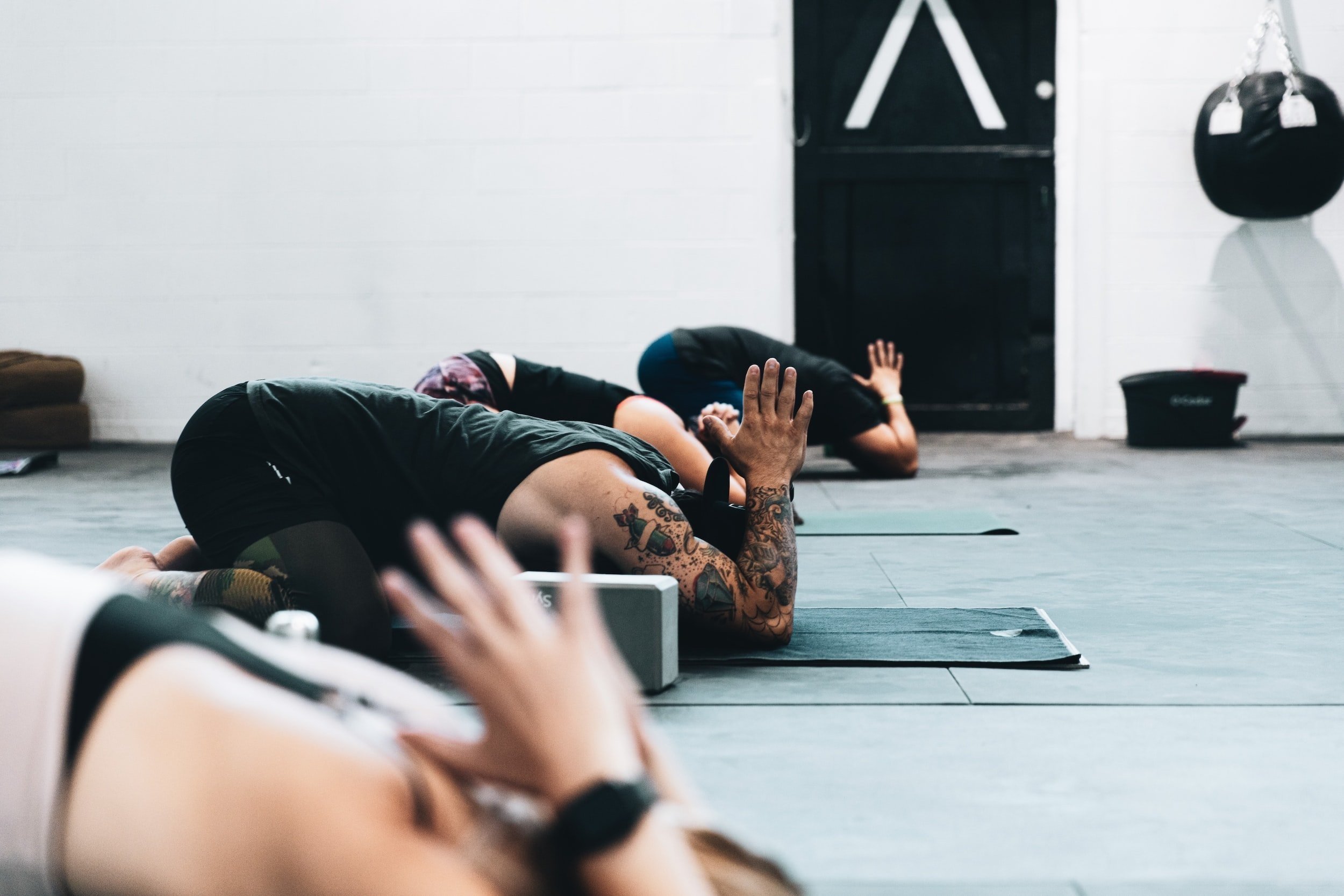Should You Expand Your Services? A Studio Owner's Guide
Wellness is a multi trillion-dollar industry, and encompasses a variety of things from recovery IV drips to yoga classes to upbeat spin experiences. What we’ve witnessed over the last year is an increase in commitment and dollars toward health experiences. Whether this is a rebound from the sourdough-baking-never-leave-your-house-COVID lifestyles, it’s hard to say, but what we do know is clients want to FEEL good. What this looks like shifts in time, often with cultural swings. But what we’re seeing right now is a focus on a variety of movement. In fact, many single-offering type studios (CrossFit for instance), are expanding their services to cater to the client’s desire and need for diversity. In fact, CrossFit’s ROMWOD, an acronym for “range of motion workout of the day”, has been rebranded as “Pliability'', speaking to the company’s desire to have a more permanent home in the mindful movement category. This new component of their workout will focus on mobility, yoga, prehab, rehab, recovery, mindfulness and strength.
Other companies are following suit. Nike now has Mind Sets, a movement series specifically for the mind, while Calm, the meditation app, recently launched Daily Move, focused on yoga and stretching.
What does this mean for brick and mortar studios who are offering movement-based experiences? We have a few suggestions on how you can use this upswing to boost your overall growth.
Consider expanding your offerings. If you have the space in your own business to expand, consider what kinds of classes would still fit within your brand but provide your clients with more diversity in their experience. We’ve seen successful combinations of cycle and strength, as well as yoga and cardio. There are endless iterations, but the main thing to consider is your overall mission—does expanding your class offerings fit within your vision and mission? Is there a way to bring cardio into a yoga studio without shifting the entire feel of the space? Absolutely. Consider your clients needs and what types of activities will be complementary. We often see an increase in memberships when services expand as clients see their dollars going even further.
If you can’t expand, consider partnering by connecting with gyms and studios who offer complementary movement services. For instance, if you’re a cycling studio, connect with a yoga or Pilates space to encourage your clients to balance their workouts with flexibility and strength. Conversely, if you own a yoga studio, seek out someone in the cardio category so that you can round out your offerings. We’ve seen successful partnerships where a membership at one studio allows you to take X number of classes at another.
Re-evaluate your mission and communication. The wellness industry is set to reach $7 trillion in annual sales by 2025. Consumers are looking for physical, mental and emotional health experiences and are willing to spend more whether that’s on individual services or on memberships to ensure they are nurturing their whole body. Tailor your messaging so that your offering speaks to the entire experience, not just one component. Most wellness/fitness studios are offering classes that cater to the physical, mental and emotional health of their clients. How can you demonstrate this in a clear way?
4. Collaborate! Consider partnering with other health-centered businesses that are not movement-based. For instance, if you have a birth center nearby, you could offer prenatal yoga to their clients at a discount. Or if you know of a physical therapist who often treats athletes with injuries, consider providing free classes to their clients so they can check out what you have to offer. This type of collaboration is really a win-win for everyone involved.
5. Consider retail opportunities. Many studios nearly shuddered their retail during COVID, but clients are shopping again. What are they looking for? They are interested in shopping local and will often be looking for recommendations on products that speak to their wellness journey. Think recovery drinks and tools that will help them feel better in between workouts, or at-home tools that can help them continue their yoga practice in between their in-person experiences. Retail is often only associated with gear and branded clothing, but the options have really expanded for a studio to be able to offer a full-service wellness experience from the moment the client walks in the door to their post-experience drink.
If you would like help evaluating your current offerings as well as your pricing strategy, please don’t hesitate to reach out and book your free intro call.
Need help with your social media and fitness studio marketing? Telomere Consulting can help businesses like yours. We can do everything from managing your social media accounts to doing a social media assessment to get you up and running.
Telomere Consulting provides business consulting and marketing services to studio owners in the boutique fitness and yoga space. The Telomere team helps you navigate business strategy from conception to implementation. We provide end-to-end marketing support and would love to hear from you. Click here to book your free intro call. We want you to treat your business the way you treat your body – making the right choices now to optimize its potential for a long and healthy life. Visit us here to learn more.



